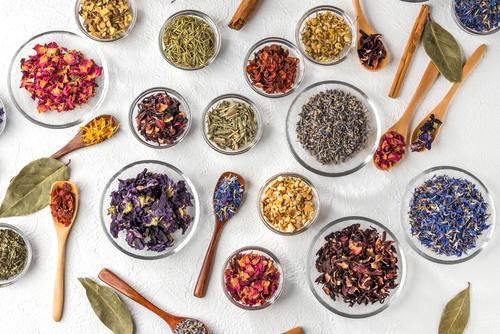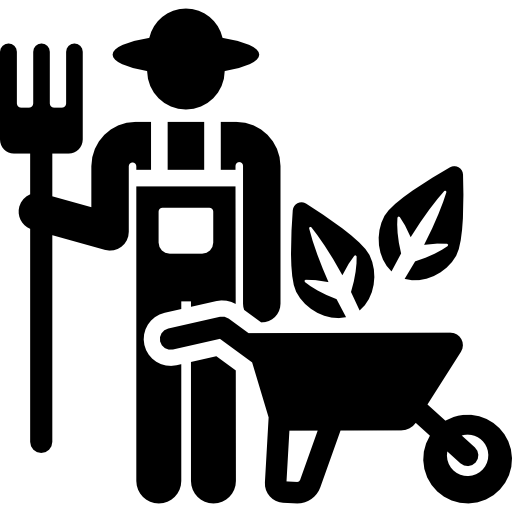Growing Holy Basil (Rama Tulsi) from seeds in a home garden is a sacred and rewarding experience. Here's a step-by-step guide to help you cultivate this revered plant successfully.
Step 1: Choosing the Right Time and Place
-
Timing: The best time to plant Tulsi seeds is after the last frost has passed and the weather is warm. In India, this is typically from September to November or during the spring season from January to February.
-
Sunlight: Holy Basil thrives in a sunny spot. Choose a location in your garden or balcony that receives at least 6-8 hours of direct sunlight per day.
-
Space: Tulsi can be grown in pots or directly in a garden bed. A pot with a depth of at least 8-10 inches with proper drainage is ideal. If planting in a garden, ensure there is enough space for the plant to grow.
Step 2: Preparing the Soil
-
Soil Type: Tulsi prefers well-draining, loamy, and fertile soil. You can create a good potting mix by combining garden soil, sand, and organic compost in equal parts. This will ensure the roots don't get waterlogged.
-
Drainage: Whether in a pot or a garden bed, good drainage is crucial. Ensure your pot has drainage holes, and if planting in the ground, make sure the soil isn't compacted.
Step 3: Planting the Seeds
-
Sowing: Since Tulsi seeds are very small, you can sprinkle them on the surface of the prepared soil. Gently press them down with your finger, and then cover them with a very thin layer (about 1/4 inch) of soil.
-
Moisture: Water the soil gently after planting to keep it moist but not soggy. A spray bottle can be useful for this to avoid disturbing the seeds.
Step 4: Watering and Care for Seedlings
-
Germination: Tulsi seeds typically germinate within 5 to 7 days. Keep the soil moist during this period.
-
Initial Growth: Once the seedlings sprout, continue to keep the soil consistently moist. Avoid overwatering, which can lead to root rot.
-
Transplanting (Optional): If you've started the seeds in a small pot or tray, you can transplant them into a larger pot or the garden bed once they have a few sets of true leaves. Be careful not to damage the delicate roots.
Step 5: Caring for the Mature Plant
-
Watering: Water the plant when the top inch of soil feels dry to the touch. It's better to water deeply and less frequently than to give it a little water every day.
-
Pruning: Regularly pinch off the top leaves and new shoots to encourage the plant to grow bushier. This also prevents the plant from flowering too early, which can make the leaves taste bitter.
-
Pest Control: Tulsi is generally resistant to pests, but you might occasionally see aphids or other insects. A simple neem oil spray can effectively keep them at bay.
-
Harvesting: You can start harvesting leaves once the plant is about 6-8 inches tall. Pick the leaves as needed, as regular harvesting encourages more growth.
By following these steps, you can successfully grow a healthy and vibrant Holy Basil plant that will not only add beauty and fragrance to your home but also provide a fresh supply of its sacred leaves for your rituals and wellness needs.

























